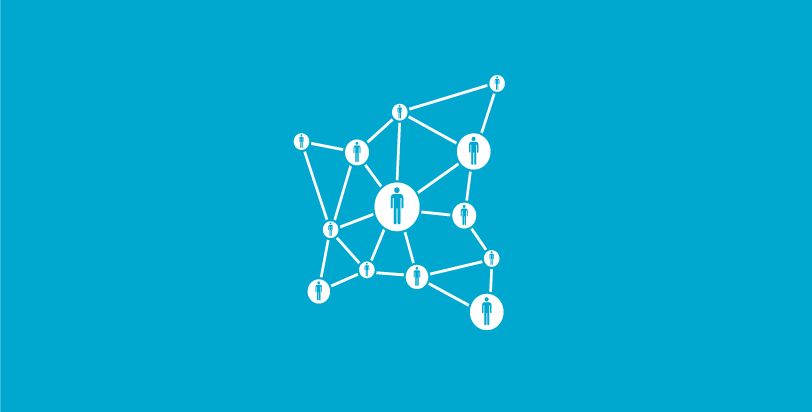OPORA analyzed publications of two hundred publics and identified the synchronized ones. Some pairs and groups are quite unexpected to find out.
“The place is infested.” It is the excerpt from the quote by Olena Zelenska about the building of the Presidential Administration. It was extracted into the headings of their posts by two Facebook pages — BBCсCNN - новини України сьогодні and ‘Новости Украины и Мира — when they posted about the possible relocation of the Presidential Office. However, in the interview, the President’s wife rather meant her husband than the building at Bankova Street. Similar posts with the same images were published on the two pages on May, 3, 2019, only 1 minute apart. Any coincidence? Hardly ever. OPORA study identified dozens and hundreds of the coincidental “matches” in the posts on different pages. Specifically, during the parliamentary campaign.
In order to detect the secretive links between the pages, the researchers exported two data sets from Facebook. One set included posts that had the same images as other posts, from May, 1, to August, 1, 2019. They have been collected from 215 Facebook pages that published posts about politics and elections, in our opinion. After reformatting the data, we obtained a very long list of links between the pages and the information about the binding forces between them, such as the quantity of identical images each pair of pages posted:
The highest number of shared images are typical of the pages owned by the same media, such as the Ukrainian and Russian versions of the “RBK-Ukraine”, or different pages of Dmytro Gordon. However, there are some more mysterious pairs – such as “BBCсCNN — News of Ukraine Today” and “News of Ukraine and the World” that have 2,000 identical photos.
In order to take into account the significant links between the pages, we rejected the pairs with under 12 identical images:
Some pages can be grouped because they are related to the same party (“Batkivshchyna”), a politician (Anatoliy Hrytsenko), a NGO, or an online outlet. It was unexpected to find out the connection between the pages of the “Antivsepropalshchik” and “Espreso”, “PAP — Poroshenko, Avakov, Pashynskyi” and “Strana.UA — News of Ukraine,” and the constellation of resources: “News. Ukraine,” “Kyiv Today,” “Real Ukraine” and Gazeta.ua. The largest network in the model includes the two related agglomerations of pages of the clickbait media and the news channels.
In order to highlight the images posted almost simultaneously, we calculated the average time between the publication of each “original” and the “replica” for each post. The “Kyiv Today” page needed under an hour to post the same image as had been previously posted by the “News. Ukraine”; “It is Ukraine” — copied a picture from “Ukraine.LIFE”; “Relevant News Network” — “BBCcCNN — News of Ukraine Today”; “News. Ukraine” — “Kyiv Today.” It seems like all the pages are the organized network administered from one center.
“Antivsepropalshchik” borrowed 19 images from “Espreso” within the average of a day and a half. A major part of them are links to the “Espreso” website (e.g. this), such as to Vitaliy Portnikov op-ed criticizing Petro Poroshenko’s political opponents. During the presidential campaign, the “Antivsepropalshchik” page was actively campaigning for Poroshenko and severely criticized his rivals, especially Volodymyr Zelensky.
The borrowed pages. “PAP — Poroshenko, Avakov, Pashynskyi” from “Strana.UA” – thirteen pages, according to our estimates. On average, it occurred seven hours after the post. Content analysis of the pages linked in the posts (such as, this, that and that), using identical images, shows that the “PAP” page used the “Strana” to comment on its political events, such as for criticism of Poroshenko and the “European Solidarity”, as well as the “Holos”, and for the positive presentation of Volodymyr Zelensky.
The core of the network of the four pages is “News. Ukraine”. The page borrows mostly from “KyivToday” with over 250,000 followers (60 images, average borrowing time — ab. 30 min), from Gazeta.ua with over half a million of followers (21 images within the average of 9 hours), and from “Real Ukraine” with 300,000 followers (18 images within a day and a half). Of the three pages, the posts from the “News. Ukraine” have been borrowed by the “Kyiv Today” only (43 images within one hour from the publication time). It may be assumed that at least these two pages have the same administrators.
Activity of the largest and most ramified identified network consisting mostly of the click bait media (i.e. manipulating the readers’ attention with the help of too loud, scandalous, often misleading headings) shows the nature of these pages. The network has two constellations, with the “BBCсCNN — News of Ukraine Today” in the center (2.3 mln. followers) and the “Informator” (400,000). The pages publish several dozens posts a day. Other pages borrow from them a lot: “Ukraine.LIFE” borrowed from the first one 681 images, “News of Ukraine and the World” — 594, “Typial Ukraine” — 380, “All Will Be Ukraine” — 370). Central pages also borrow from elsewhere: the page of “BBCсCNN — News of Ukraine Today” published 1,406 images that have been posted on the “News of Ukraine and the World” page.
A similar pattern, even though on a smaller scale (but it also has a smaller audience) is typical for the “Informator.” Among the pages that “exchanged” the content with the “Informator”, we were surprised to find the Facebook representations of Channel 5, Channel “24” and the Priamyi. However, over the three months under study, each pair has had about several dozens of shared images, while the average time of the borrowing fluctuates between two and three weeks. In other words, it is not about the shared administration — but rather about the use of images from the same sources.
50 Images Most Often Shared by the Pages
Of almost 11,000 images, we selected fifty pictures shared by the pages most often. On average, each image was shared throughout different pages at least twenty times. Despite the big number of recipes of the granny’s pickles, 36 out of 50 (almost three quarters) of the most popular images were related to politics in certain ways.
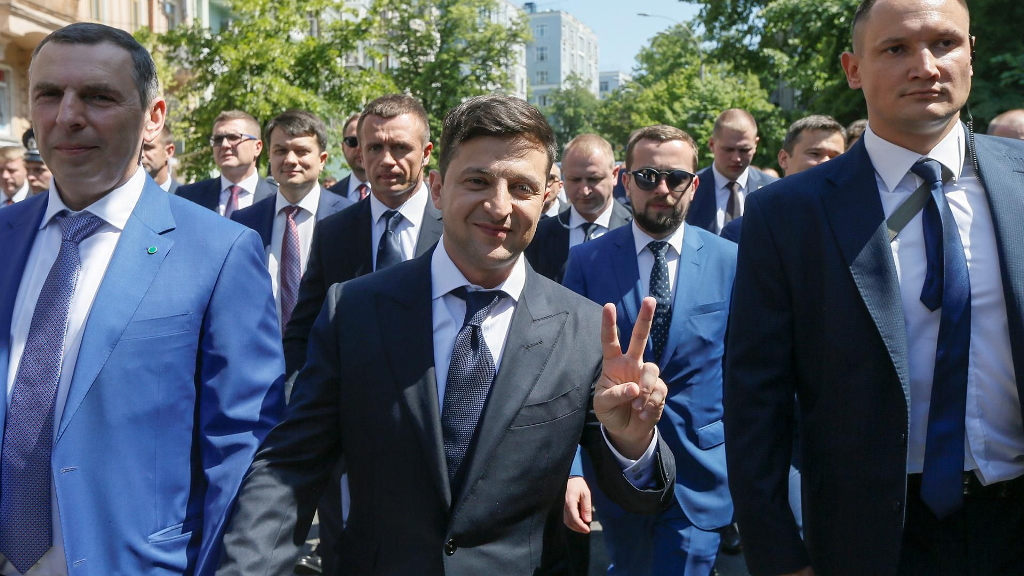
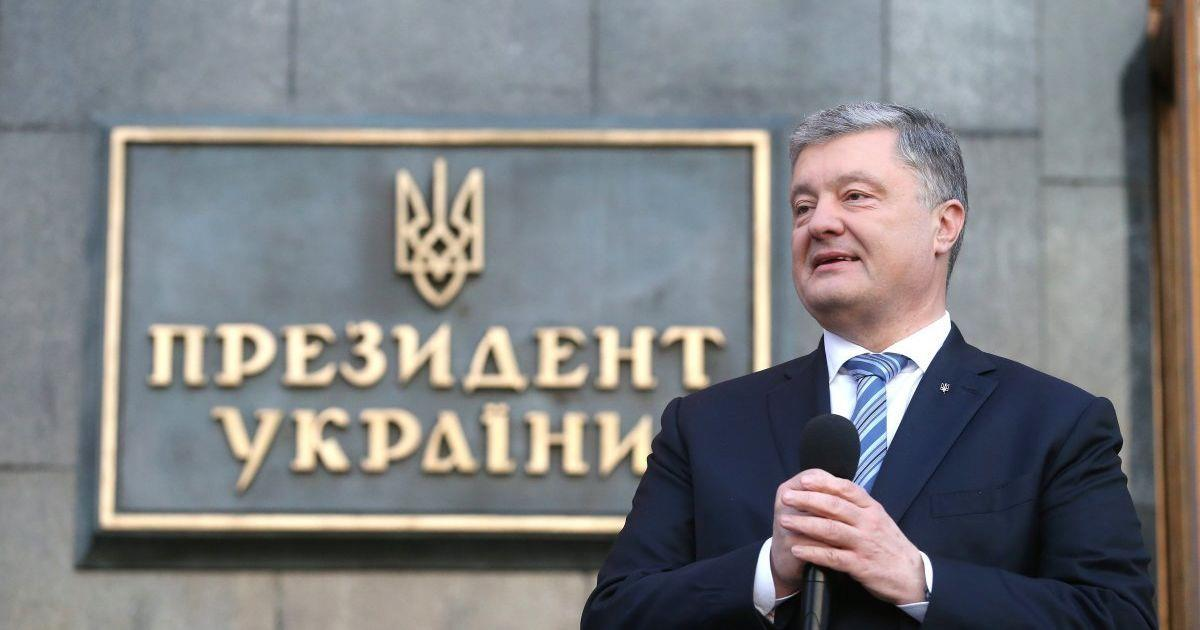
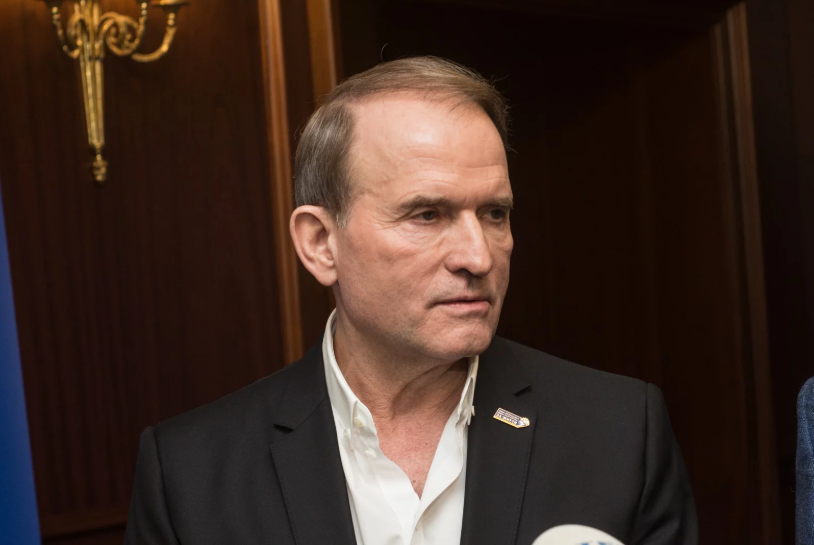

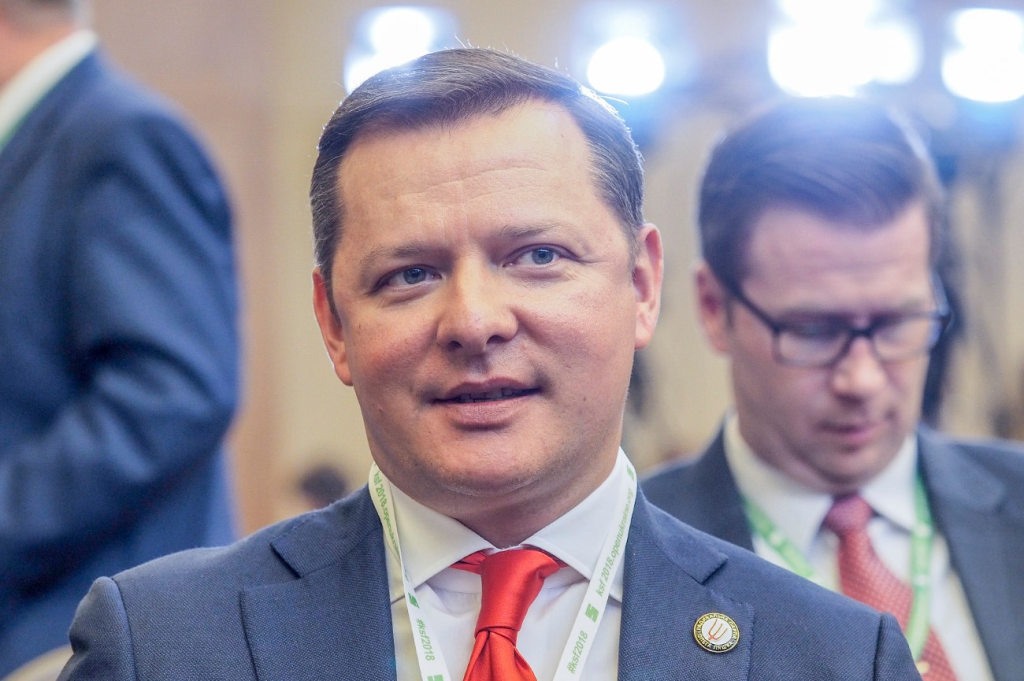
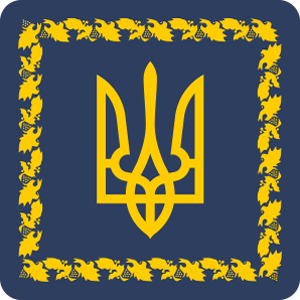

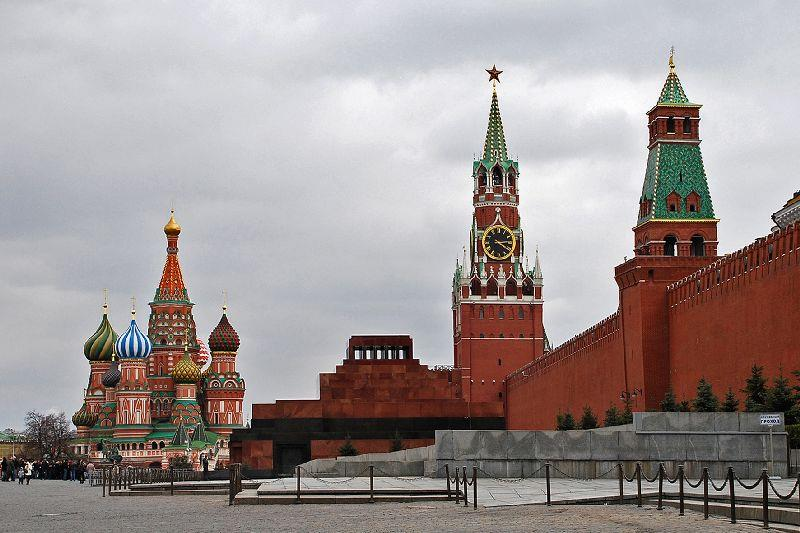
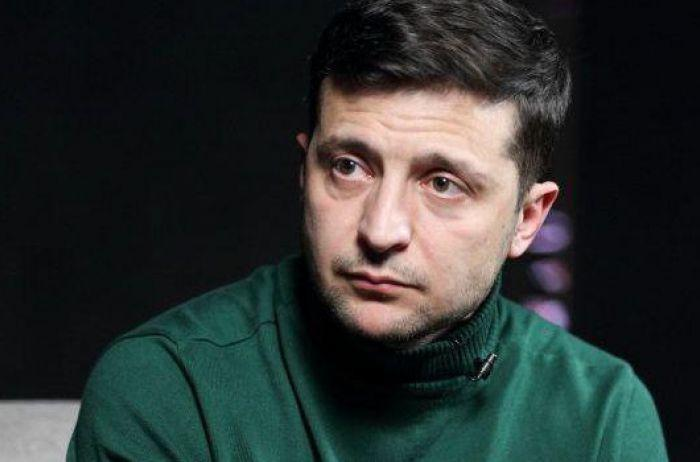
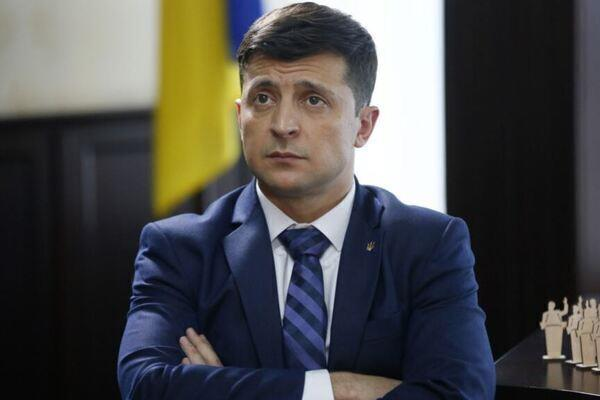


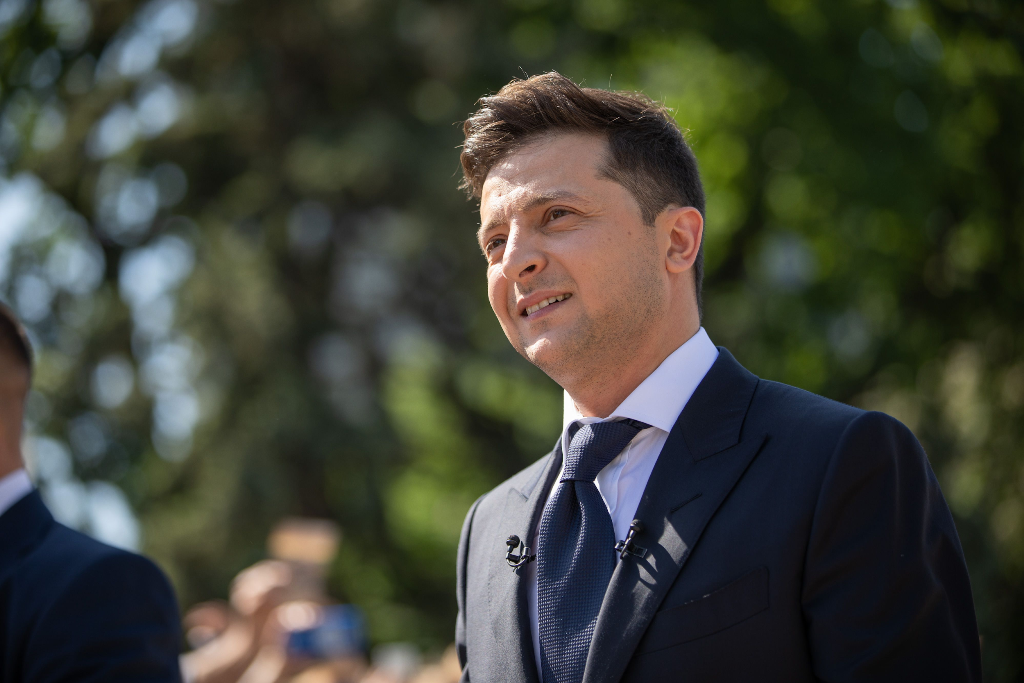
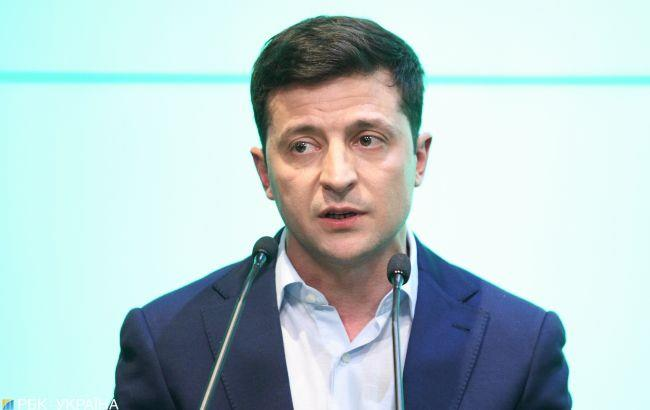
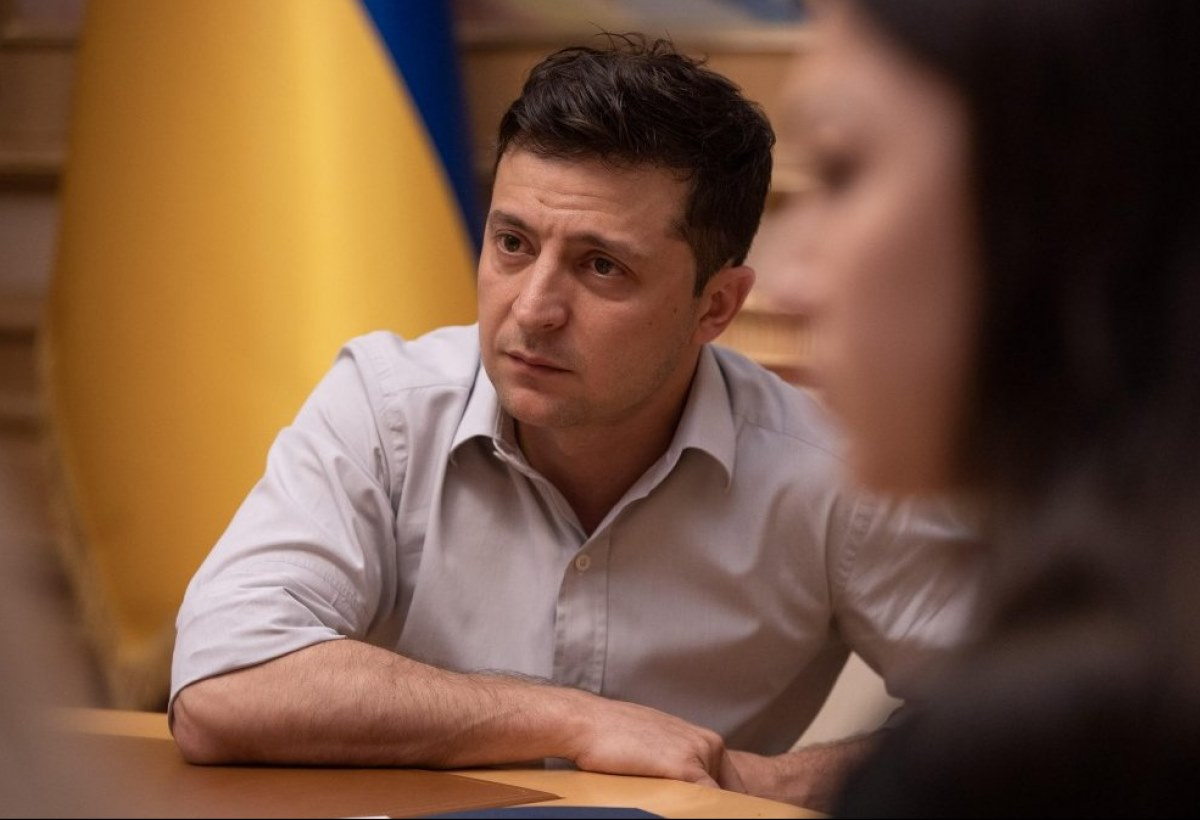
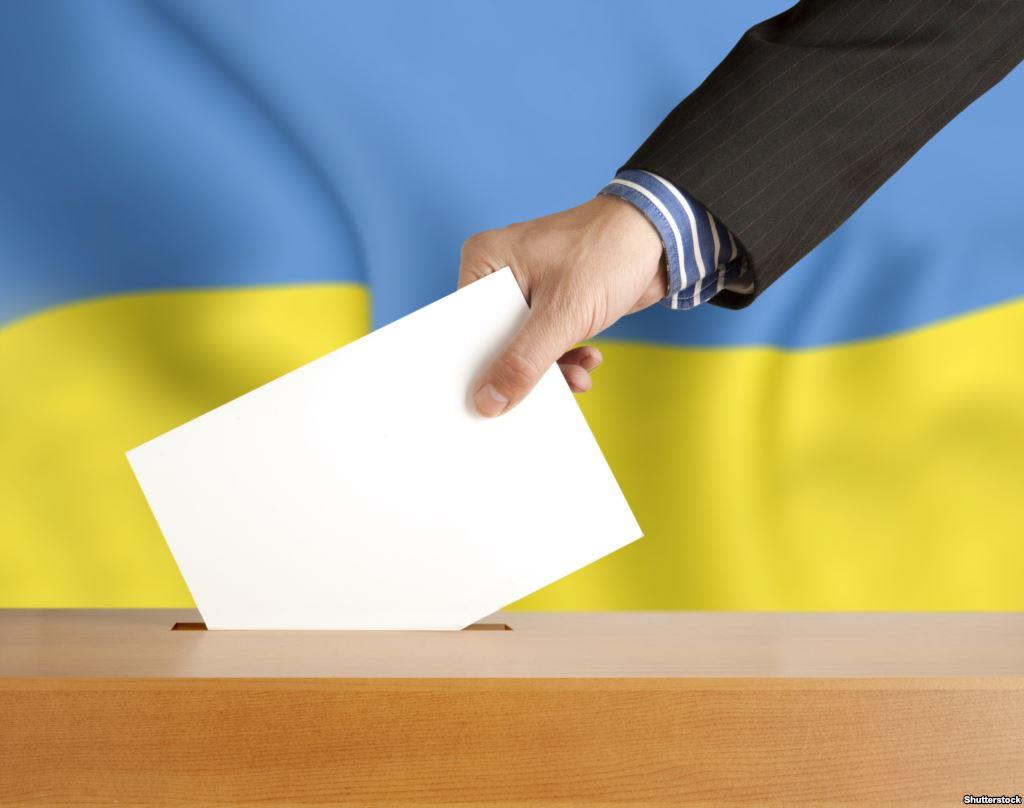
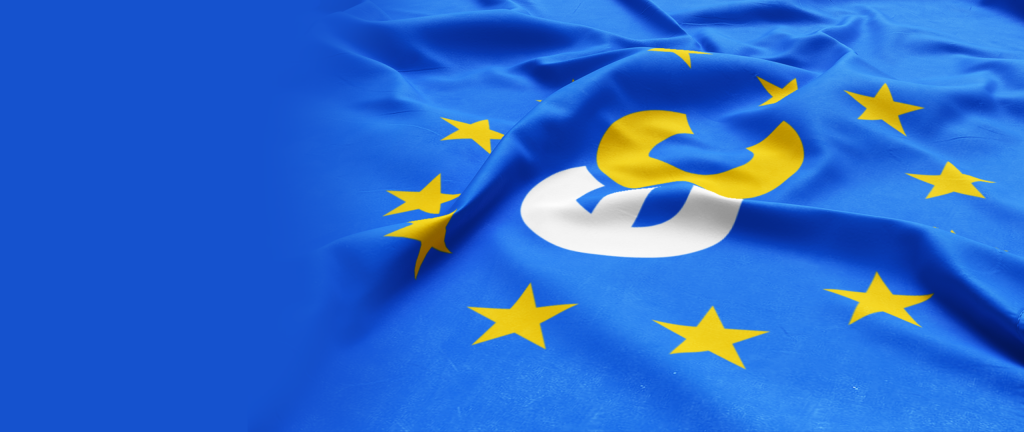
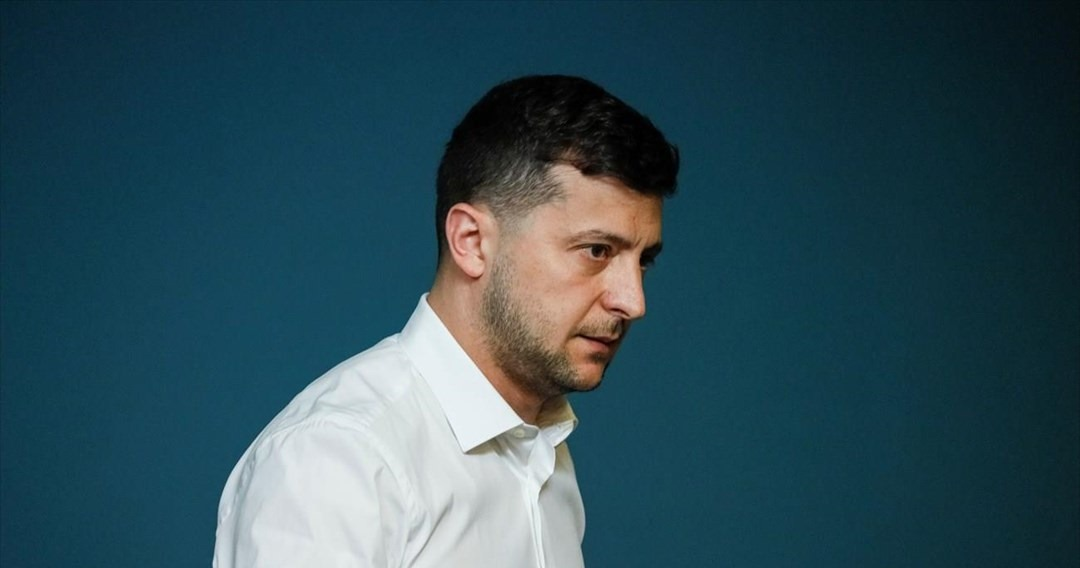
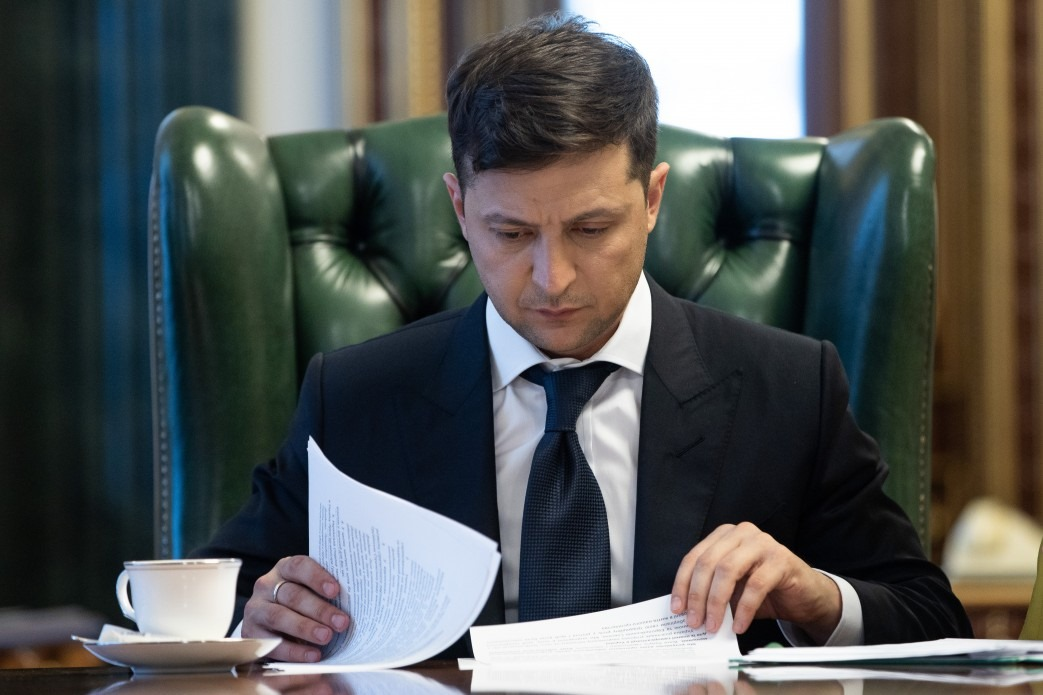
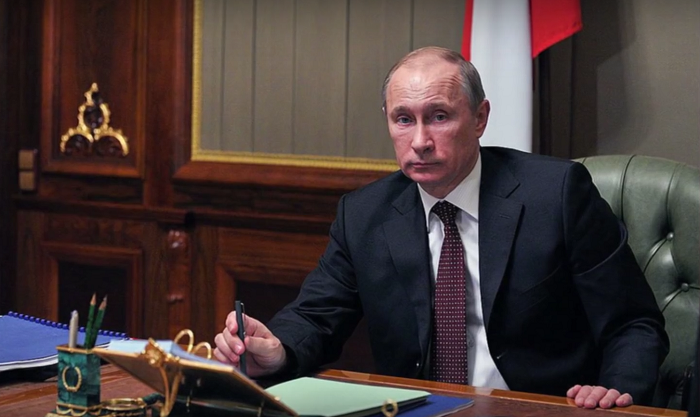
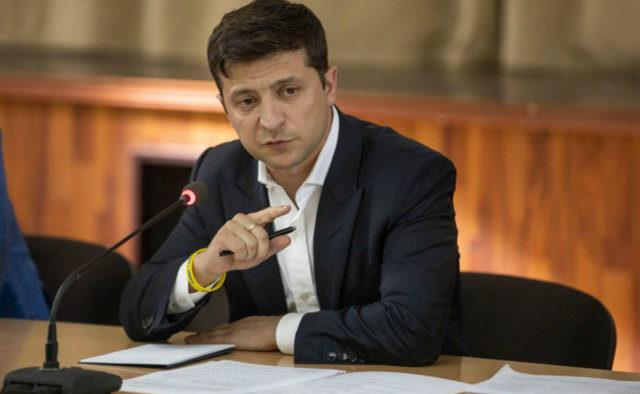
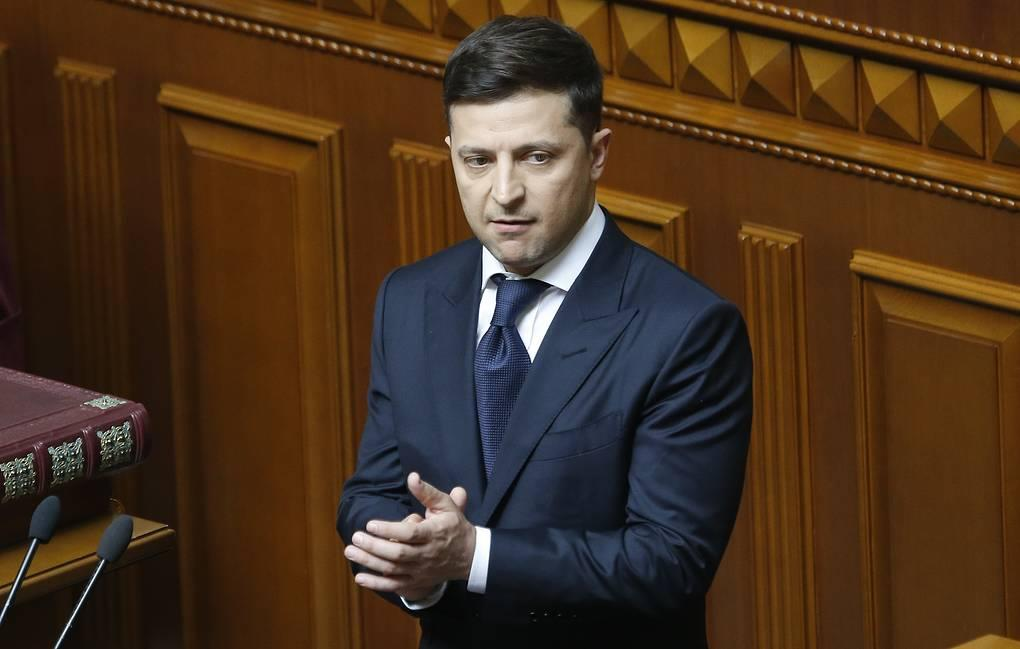
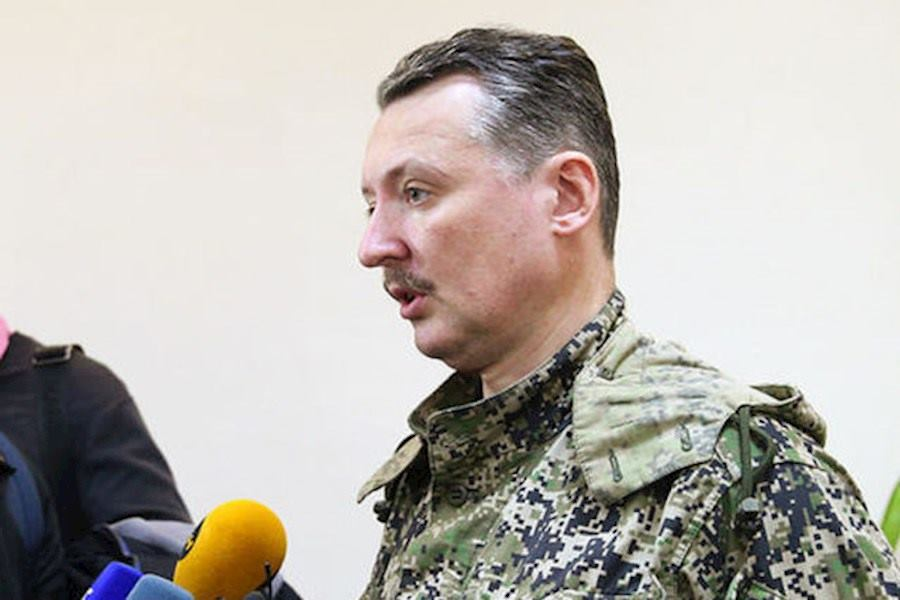
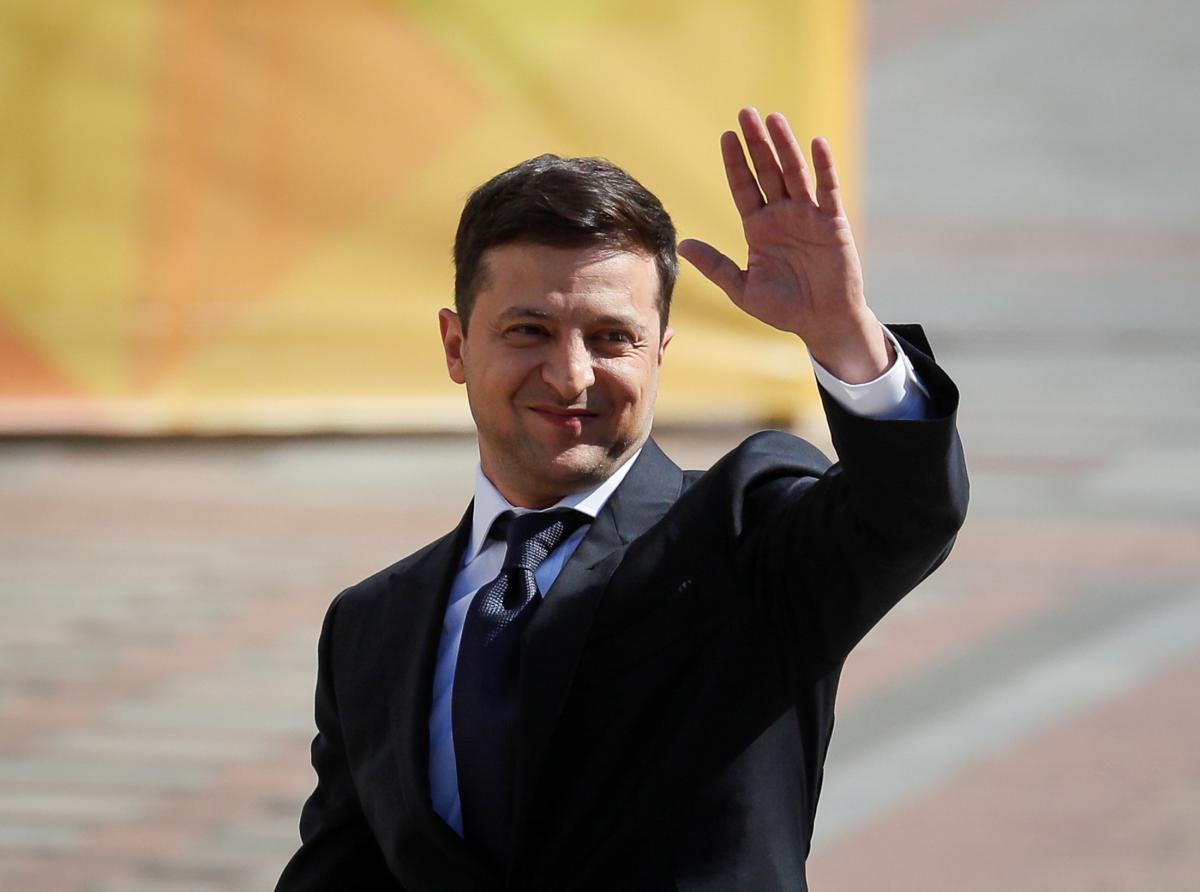
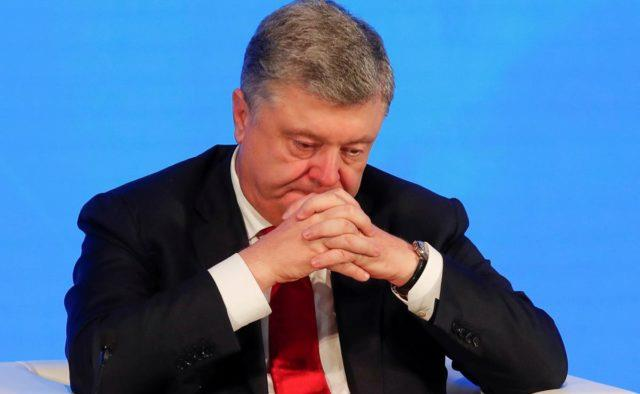

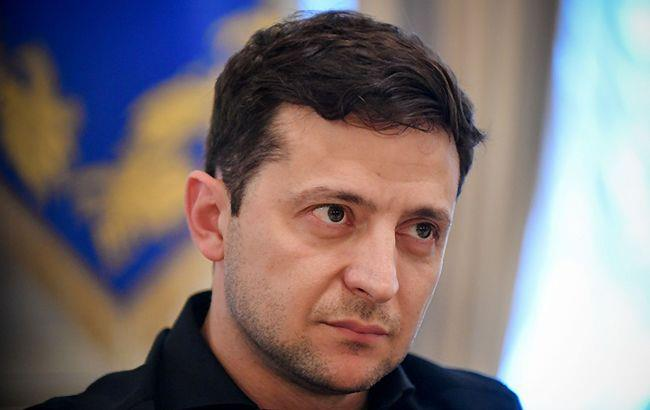
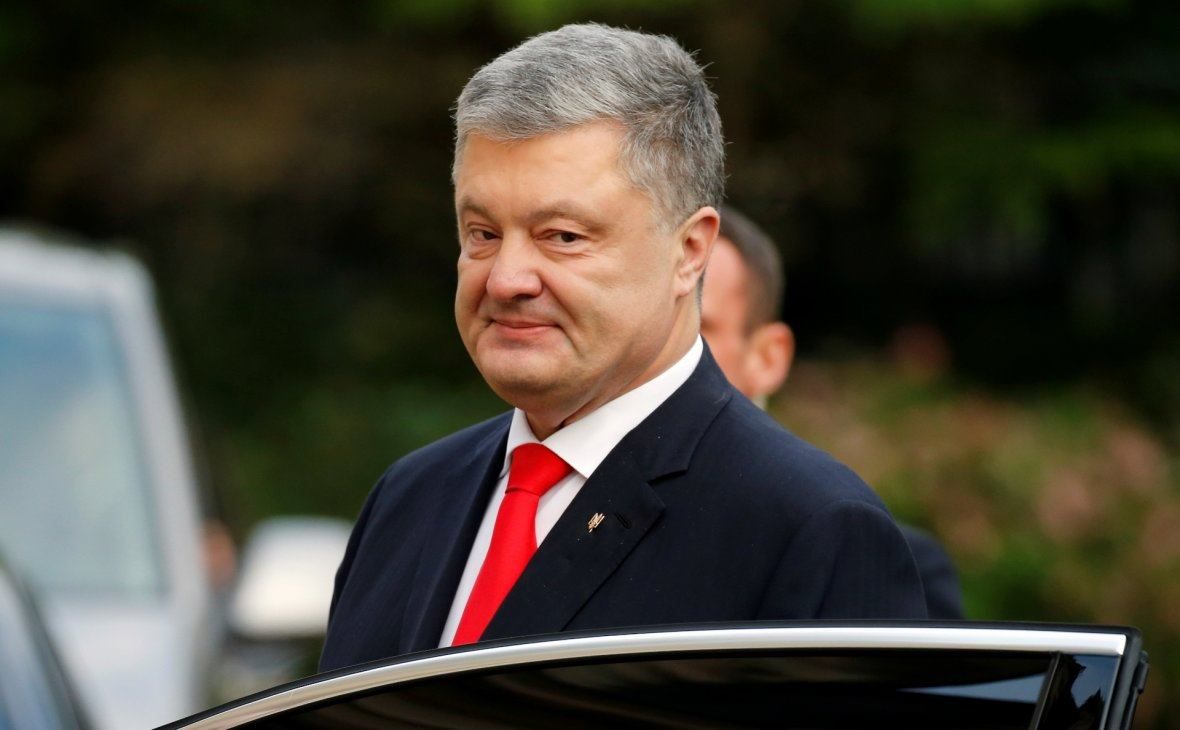
There are certain trends. E.g., the pages in favour of a politician chose photos where he came out best, even when selecting out of the most popular images. Conversely, if a page is not supportive of the politician, they would rather present him unlikeable in pictures posted.
For example, the page “Ukraine Online” is traditionally supportive of Volodymyr Zelensky:
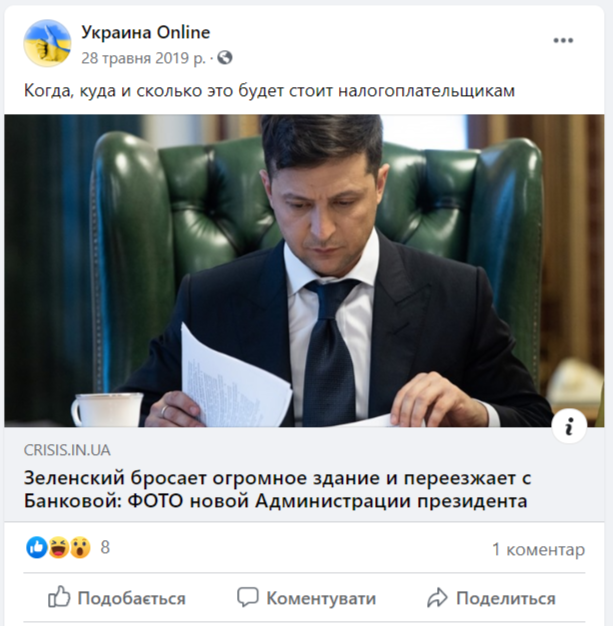
On the other hand, Pryamyi Kanal does not like him:
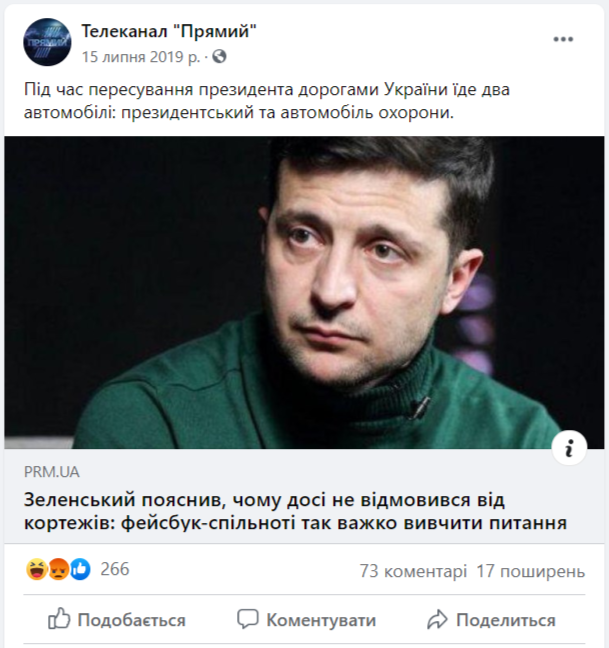
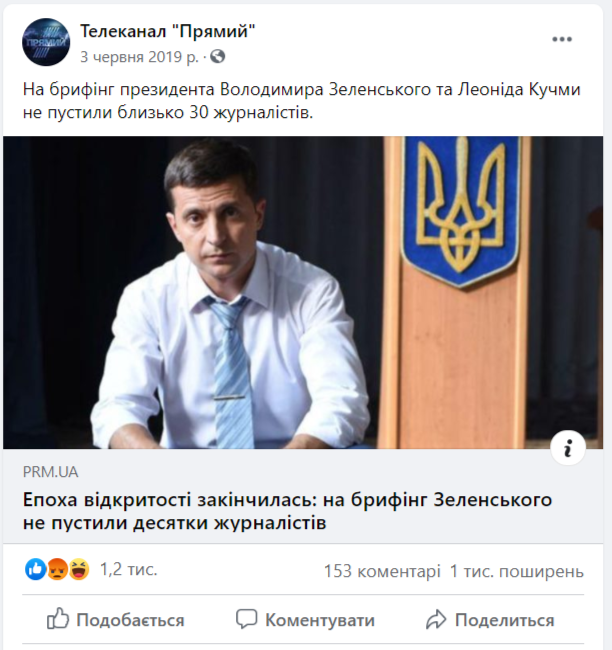
The same differences were spotted for the images of Petro Poroshenko. Authors of posts often select images in order to impact the perception of their publications. A politician’s grimace in the photo may influence the understanding even of the most neutral text. If it happens regularly, the page stylistics may impact the attitude of its regular readers towards the politicians.
The period under study — May, 1 – August, 1 — the time of the parliamentary campaign. We hoped to find party logos as the most popular images. However, the picture turned out different:
|
Topics of images |
Frequency rate |
|
Volodymyr Zelensky |
55.5% |
|
Petro Poroshenko |
11% |
|
Russia (including also Volodymyr Putin) |
8.3% |
|
Viktor Medvedchuk |
2.7% |
|
Oleh Liashko |
2.7% |
|
Others |
19.4% |
President Volodymyr Zelensky, the formal head of the “Servant of the People” party, was the most popular character in the images. The second most popular character was his recent competitor at the presidential elections, presently – leader of the “European Solidarity” Petro Poroshenko. It was the only party with the symbols getting to top-50 (it was shared by the party page and Poroshenko supporting communities). As to Yuliya Tymoshenko, she failed to get even to the top-50.
Photos related to Russia were popular due to hostilities in Donetsk and Luhansk regions, due to Zelensky statements about the need to continue the negotiations in the Normandy format, and due to the international tribunal decision about the urgent return of sailors to Ukraine, who have been in the Russian captivity since December, 2018. Other popular images included the Ukrainian national emblem and a logo of the governmental portal. They were mostly related to the government’s decisions, such as presidential decrees.
28% of the total number of the most popular photos are non-political:
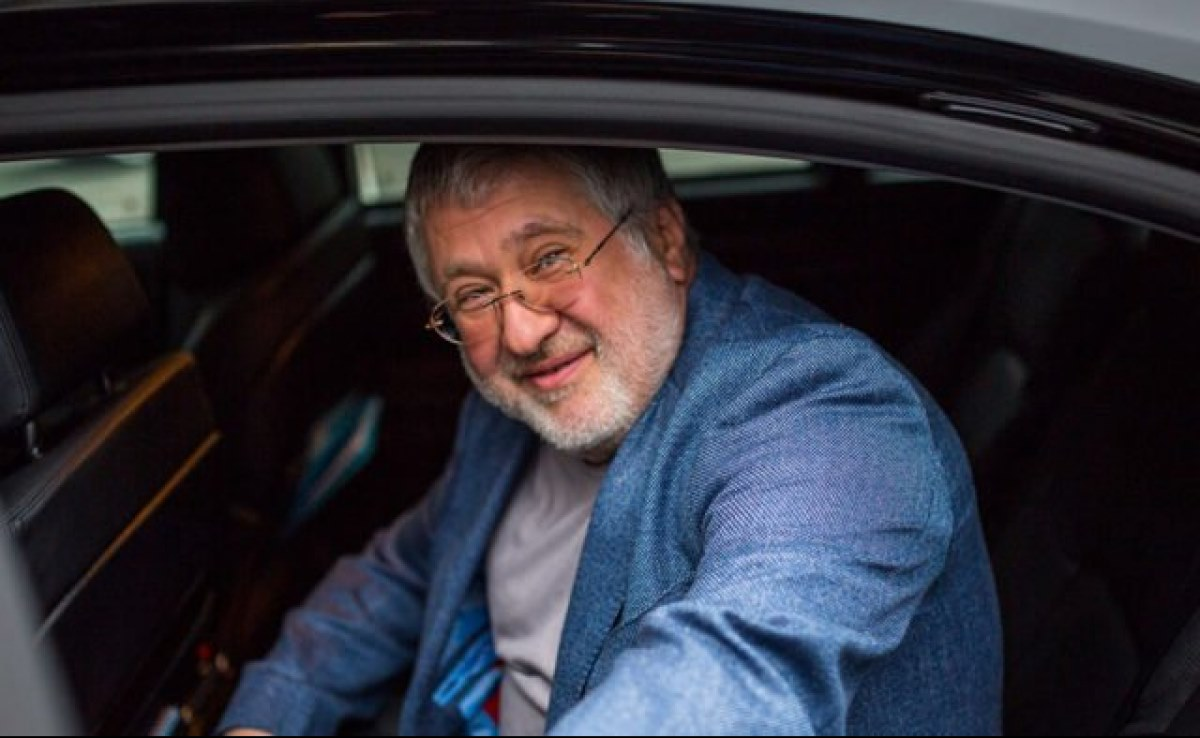
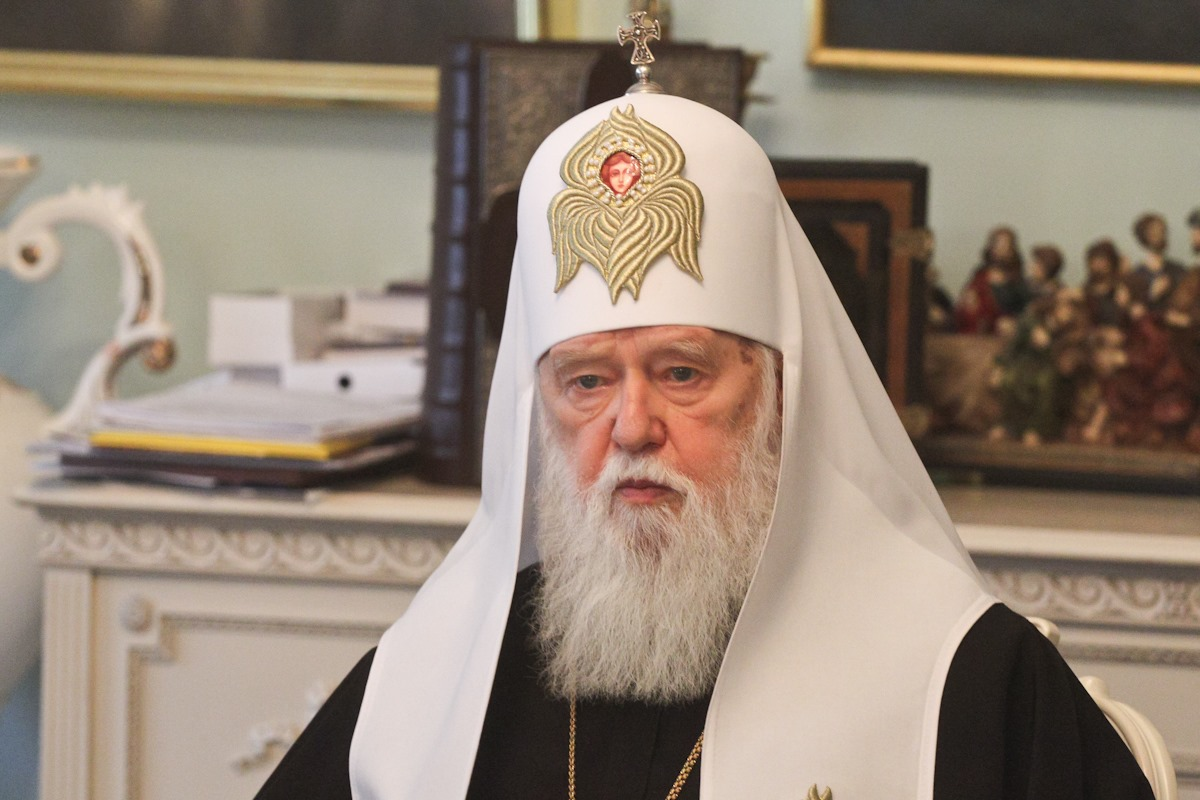
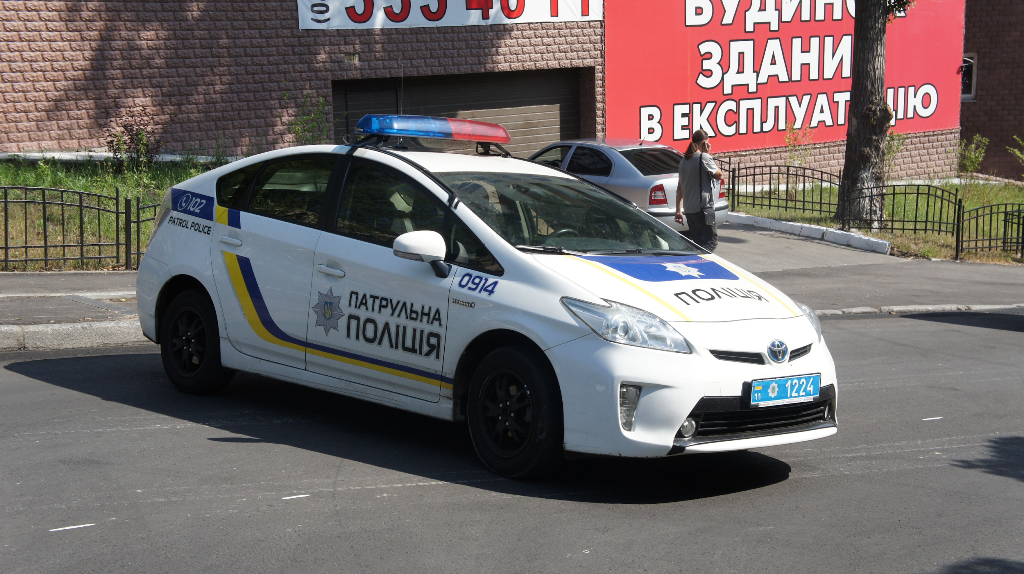
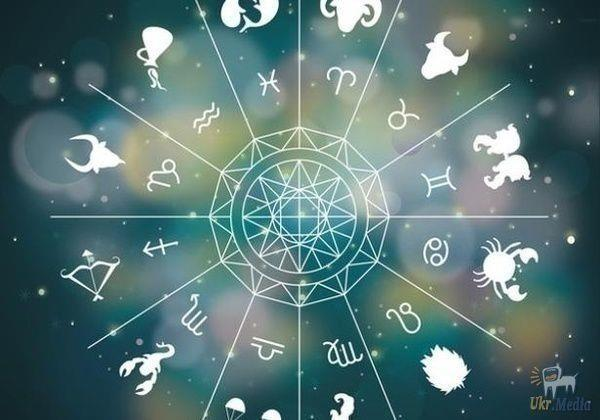
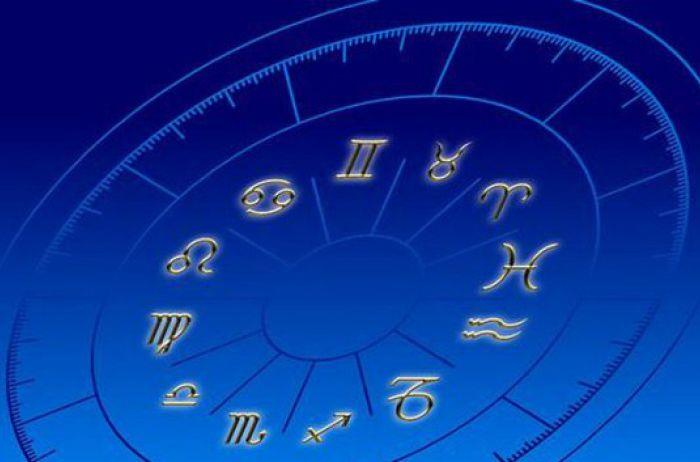
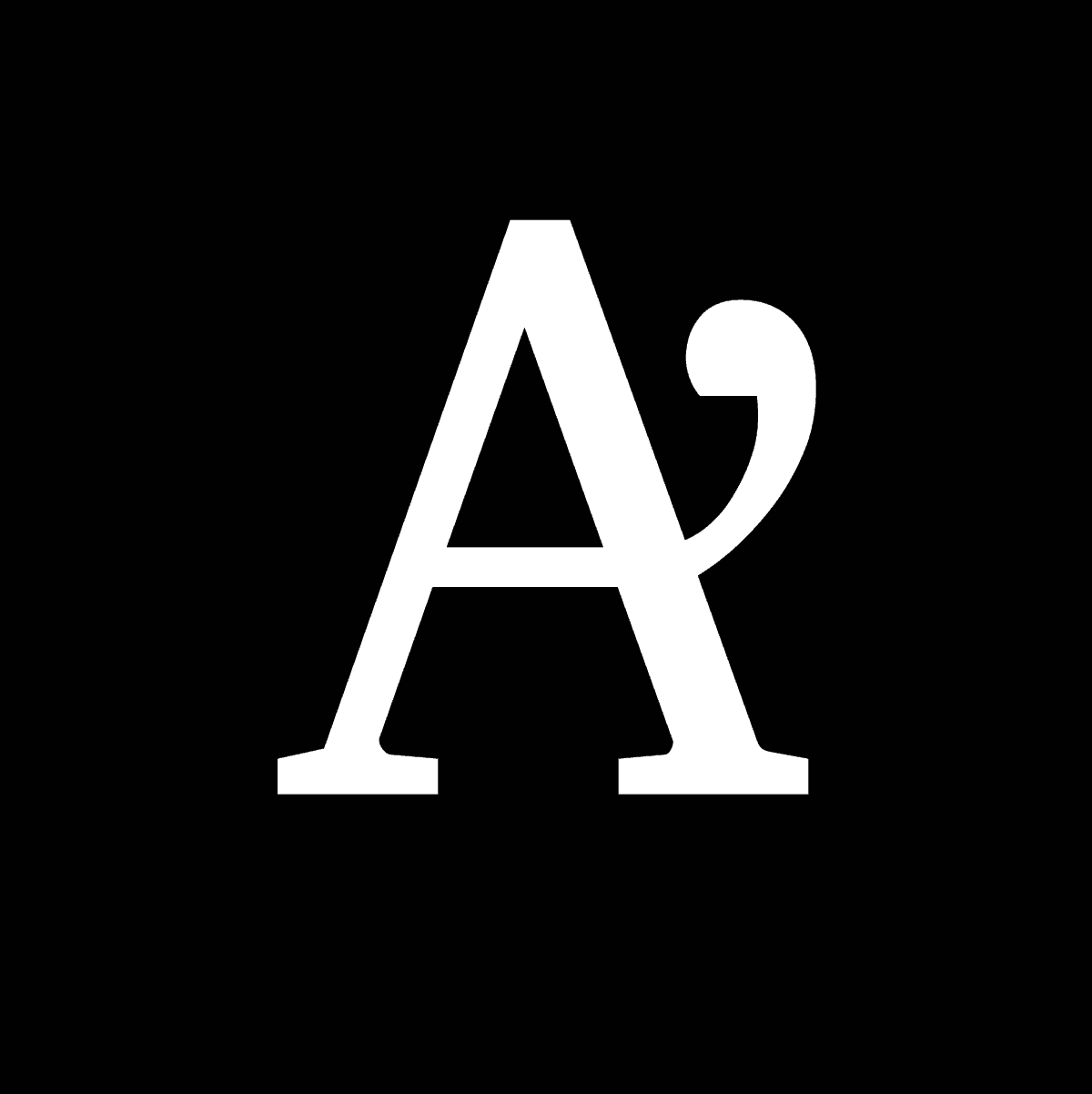
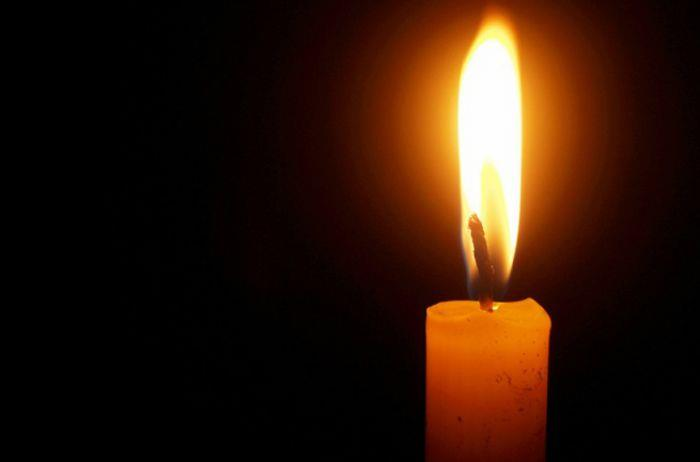
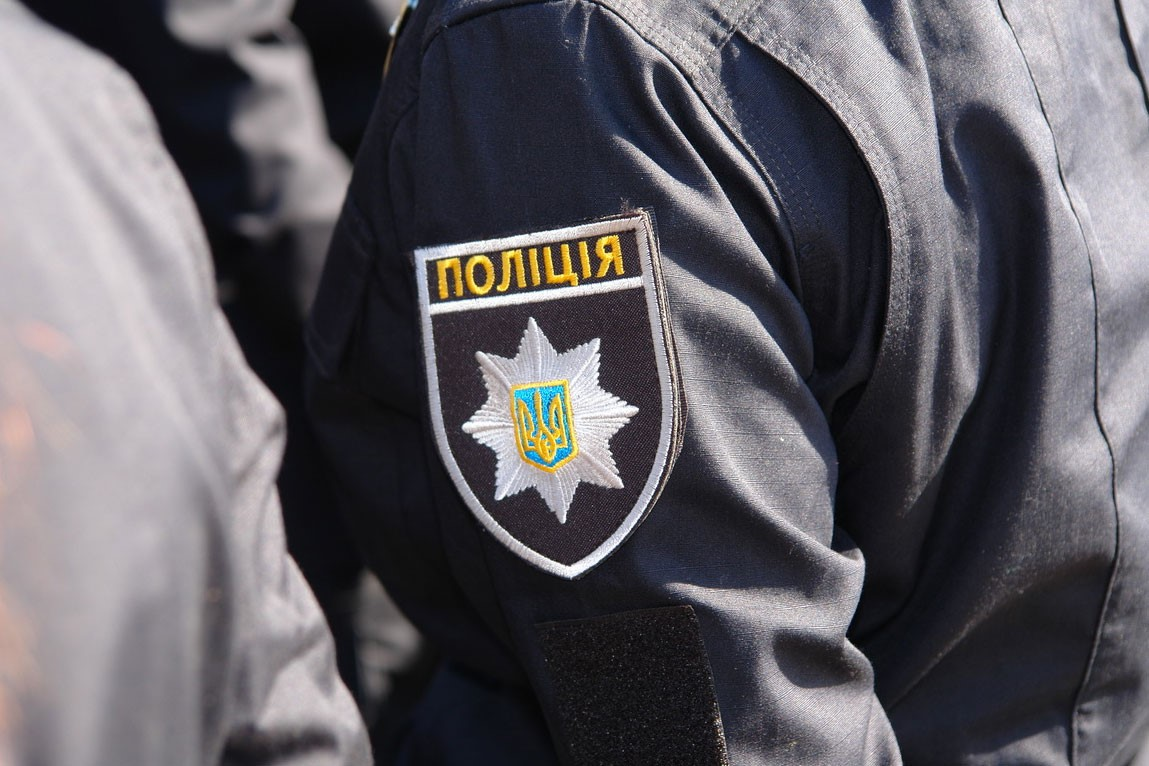
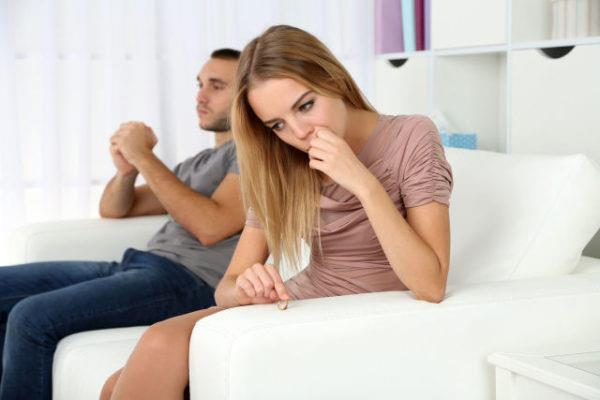
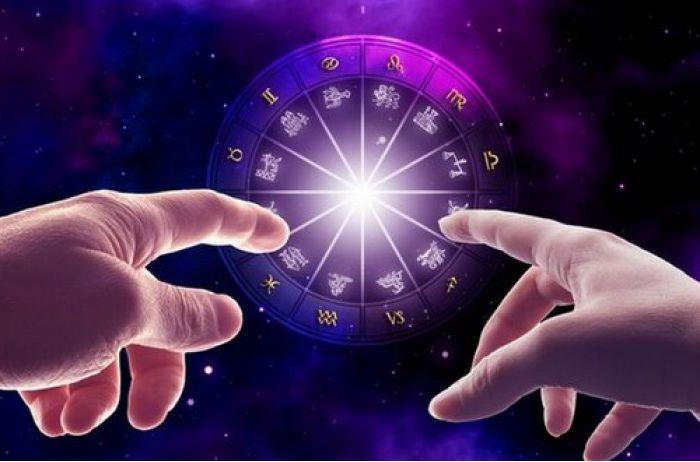
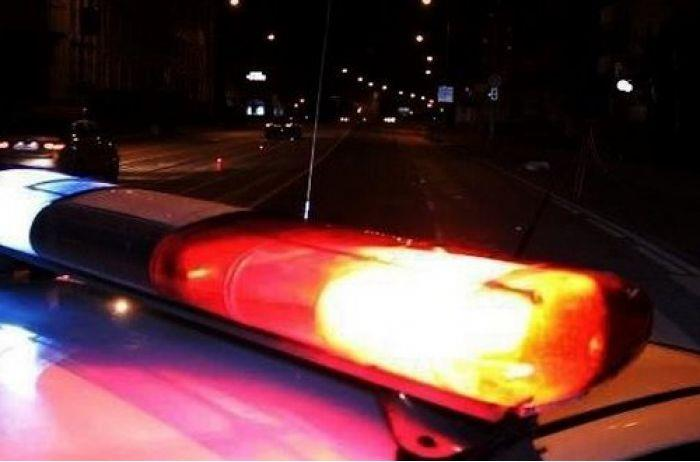
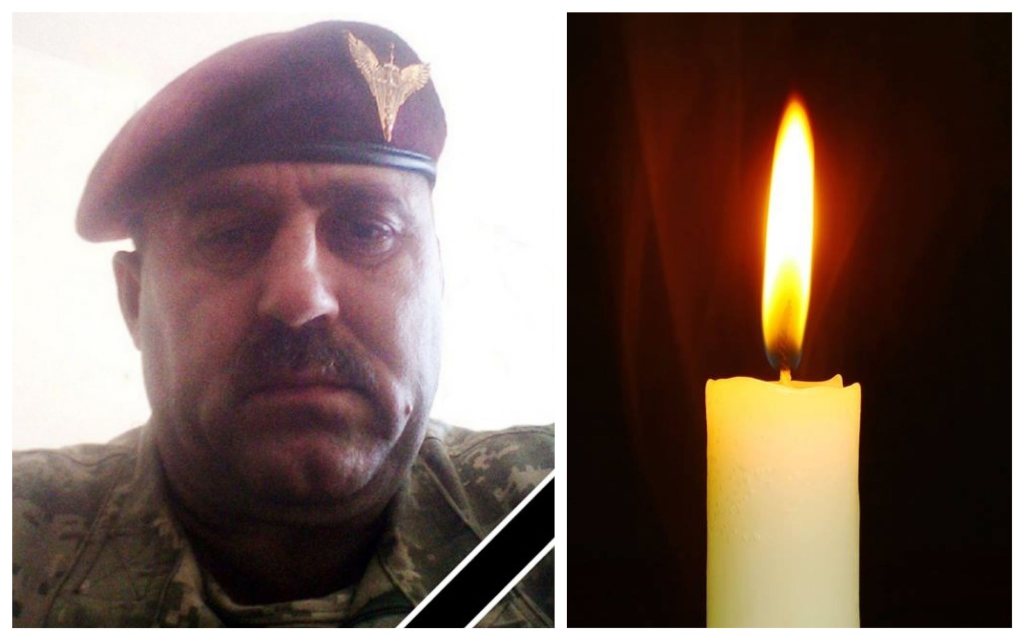
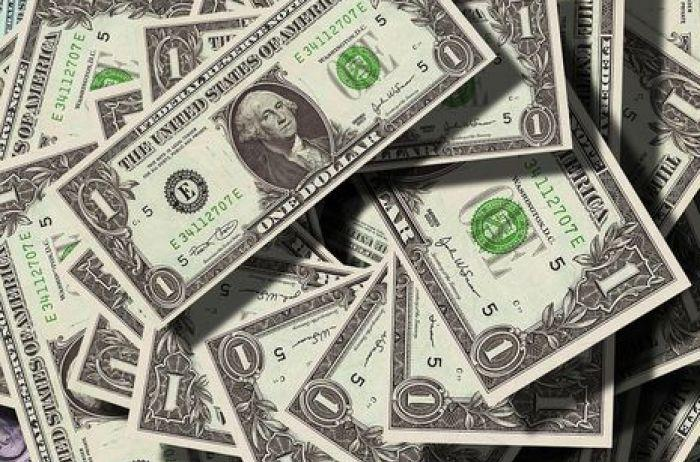
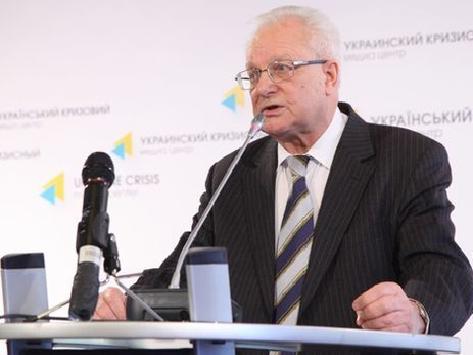
Many of them are about the police. However, this photo is also rather illustrative and symbolic:

It is a zodiac circle, despite all the efforts of politicians to attract your attention, it turned out to be the most popular among other images shared by the Facebook pages over three months analyzed by OPORA.
